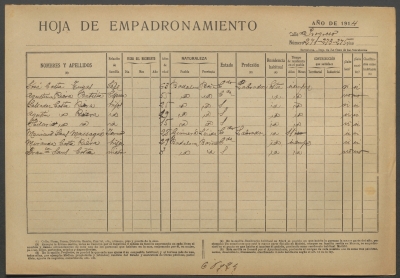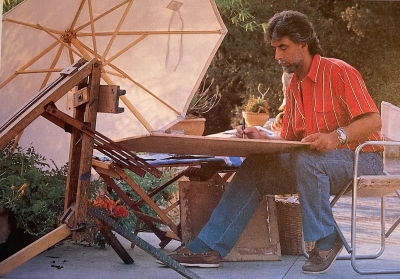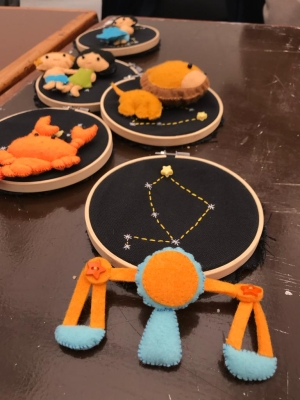You can consult online some of the oldest registers and censuses of Badalona that are preserved in the Historical Archive of the City of Badalona (AHBDN). An essential source that we now put on the Museum’s website, available to researchers and the general public, interested in the history of our city.
The Population Census is the relationship of the demographic, economic and social data of a population, in this case, Badalona. The information collected – address, people’s names, sex, age, marital status, level of education and other economic data – changes little between the different registers. The censuses preserved in the Historical Archive of the City of Badalona go from the 19th century to 1940, but in this first phase it is only possible to consult online an incomplete census dated to the 19th century, and those of 1857 and 1860.
Regarding the municipal register of inhabitants, it is the registration of people who live in the municipality carried out by the City Council with the function of accrediting residence in a specific address. The AHBDN keeps one of the oldest registers in Catalonia, the one from 1717, which can now be consulted online together with the rest of the registers kept in the archive until 1914. The rest of registers, which reach up to the year 1945, they still won’t find them on the web.
Although both censuses and registers collect information on the same inhabitants, there are some differences in terms of their purpose and content. While the census has a statistical nature and is carried out at state level with the aim of collecting demographic and social information on the number and distribution of the population, the registers are carried out by the municipalities and have a purely administrative function.
With this new resource, the range of tools for people who want to do research is expanded, while at the same time ensuring the conservation of these important historical funds, avoiding manipulation that could deteriorate them.
VIEW THE PAGE OF POPULATION CENSUS ONLINE
VIEW THE PAGE OF MUNICIPAL REGISTER OF INHABITANTS






 Tree Festival in Badalona, 4th March 1906. Germans Sayol/MB. Arxiu Josep M. Cuyàs.
Tree Festival in Badalona, 4th March 1906. Germans Sayol/MB. Arxiu Josep M. Cuyàs.








